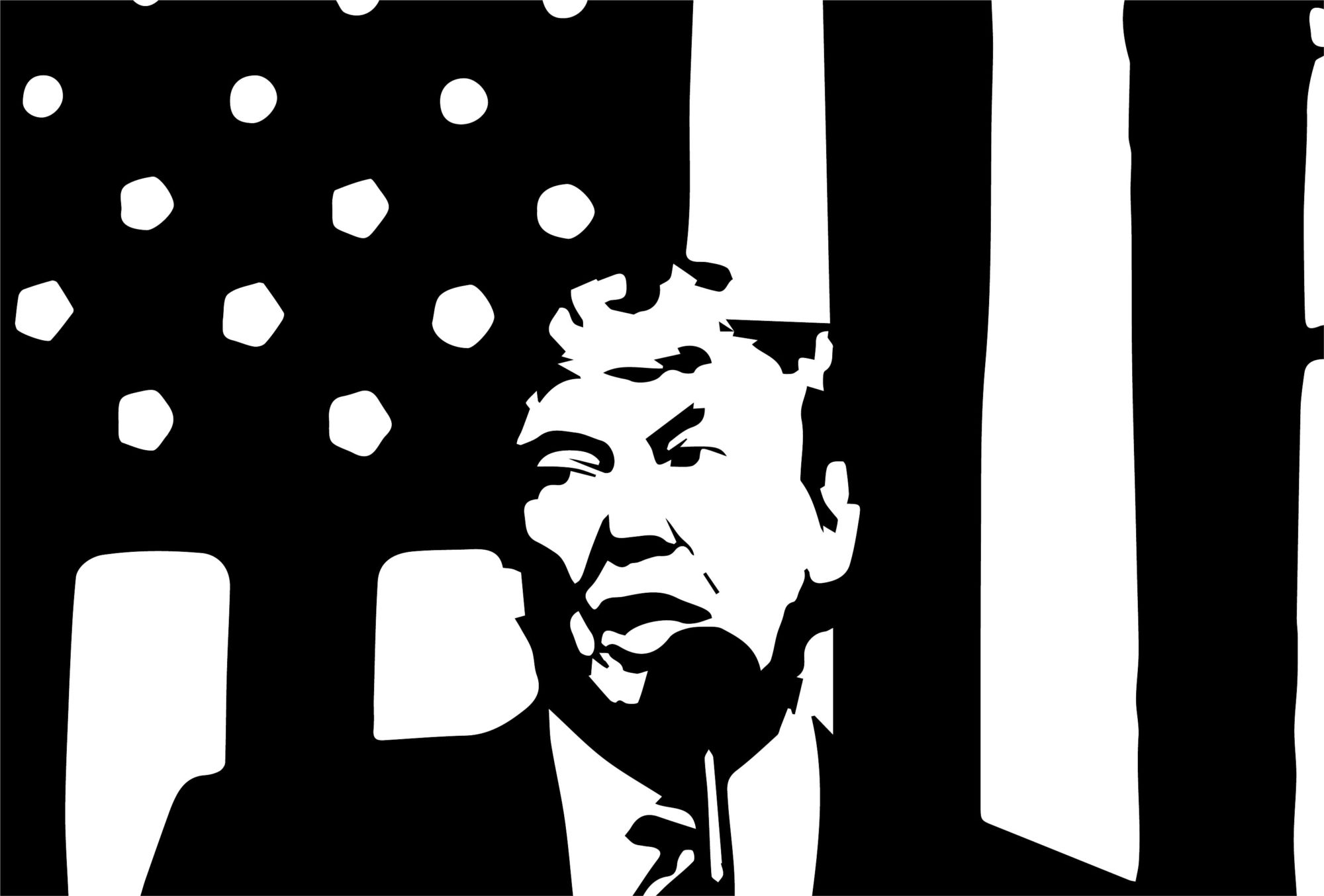Tensions are rising in the Middle East. The White House, citing poorly sourced intelligence, has increased the US force presence in the region, and ramped up sanctions aimed at preventing the development of weapons of mass destruction.
Sound familiar?
The Trump administration’s Iran policy today certainly has uncomfortable parallels with the run-up to the Iraq War. But there are also substantial differences. The administration has sought to punish – rather than persuade – US allies into working with it on sanctions. The intelligence in question isn’t about a nuclear violation. And the White House itself seems unclear what it’s actually seeking to achieve in Iran.
At the end of the day, however, it hardly matters. The administration’s actions are increasing tensions and driving us down a path where miscalculation is increasingly likely. It may not be Iraq 2.0, but that doesn’t mean it couldn’t end in a war.
UNDER (MAXIMUM) PRESSURE
Tensions have been rising for weeks, beginning with Trump’s decision to end waivers on Iranian oil imports. Though it sounds like a dry, technical issue, the real-world implications of this choice could not be more real: countries like China, Japan and India must stop importing Iranian oil entirely, or face US penalties. The move removes about a million barrels per day from the global oil market.
The administration has taken other draconian steps too. Just a few weeks ago, they designated the Iranian Revolutionary Guard Corps as a terrorist group. That label has never before been applied to a state military, and prompted Tehran to respond, declaring that all US forces in the Middle East are terrorists.
To be blunt, if the administration is seeking war, they’re doing it in a very stupid way.
The White House also announced that they had sped up the long-planned deployment of a carrier strike group to the region, with National Security Advisor John Bolton stating that the move sends “a clear and unmistakable message to the Iranian regime.” The intelligence that prompted this move – which suggests the existence of plans by Iranian forces to attack US positions in the region – is debatable. Indeed, there’s no clear indication that these were active plans, rather than mere contingency planning for any future conflict.
Finally, this morning – on the first anniversary of Trump’s withdrawal from the nuclear deal – Iranian leaders announced steps that could make it harder for them to abide by the deal in the future. More importantly, they announced that they would potentially violate the deal if other countries don’t do more to mitigate the impact of US sanctions.
To make a long story short, the stakes in the Middle East are becoming frighteningly real.
TELL ME WHAT YOU WANT (WHAT YOU REALLY REALLY WANT)
Which brings us back to the question of what the Trump administration hopes to achieve through this ratcheting up of tensions. As Secretary of State Mike Pompeo has repeatedly put it, the administration is seeking an Iran that acts like a ‘normal nation.’
Of course, by any reasonable standard, Iran is already a normal country, albeit one with an unpleasant foreign policy. Compare its behavior to its closest rivals. Just like the United States, Iran has meddled in Iraqi politics. Just like the United Arab Emirates, it has backed proxies and militias in the post-Arab Spring conflicts. And just like Saudi Arabia, the Iranian government has sought to obtain missile technology and silence dissidents. Iran might be aggressive, but its actions are pretty common in the region.
Instead, the administration appears to view ‘normal’ as an Iran that will abandon its long-held asymmetric foreign policy approach, transform itself into a democracy, and cede regional foreign policy preeminence to its neighbors. This doesn’t seem likely.
Others have suggested that the goal of the administration’s ‘maximum pressure’ campaign is instead regime change: a concerted campaign of sanctions and pressure designed to hurt the Iranian economy and encourage the Iranian people to rise up against their own government. But while the population of Iran is undoubtedly unhappy with the stagnating economy and limited political options available, it isn’t likely to topple the government any time soon.
That leaves us with a third option: as many have suggested, perhaps the Trump administration’s ultimate goal is war. Some of Trump’s advisors – most notably John Bolton – have a long history of seeking conflict with Iran. And the constant ratcheting pressure in recent months certainly suggests that the administration is trying to provoke an Iranian reaction, precipitating a larger conflict.
But while there are superficial similarities with the 2003 Iraq war, the Trump administration has made no real effort to actually make the case for war against Iran. Instead, they’ve spent the last two years alienating US allies in Europe, doing everything possible to undermine international non-proliferation frameworks, and generally giving the impression that America will be to blame in the case of a conflict. To be blunt, if the administration is seeking war, they’re doing it in a very stupid way.
YOU CAN’T ALWAYS GET WHAT YOU WANT
Ultimately, the Trump administration’s approach to Iran is confused precisely because its core members don’t seem to agree on the goals of their strategy. One suspects that Trump himself would be happy with a North Korea-style outcome that allows him to take credit for minimal diplomatic gains. Bolton, on the other hand, almost certainly hopes to goad Iran into military confrontation. Others in the administration seem to genuinely believe that a maximum pressure strategy may induce Iran to return to the nuclear negotiating table, however unlikely that may be.
But just because the Trump administration isn’t uniformly pushing for war doesn’t mean it couldn’t happen. The slow, purposeful build-up to the invasion of Iraq in 2003 is one way to start a conflict. But miscalculation and mistakes are another. By repeatedly escalating the situation – particularly in the military realm – the Trump administration risks an unplanned clash with Iranian-backed forces in the Gulf, Iraq, or Syria. You can’t always get what you want. Sometimes, instead, you get a war.





















